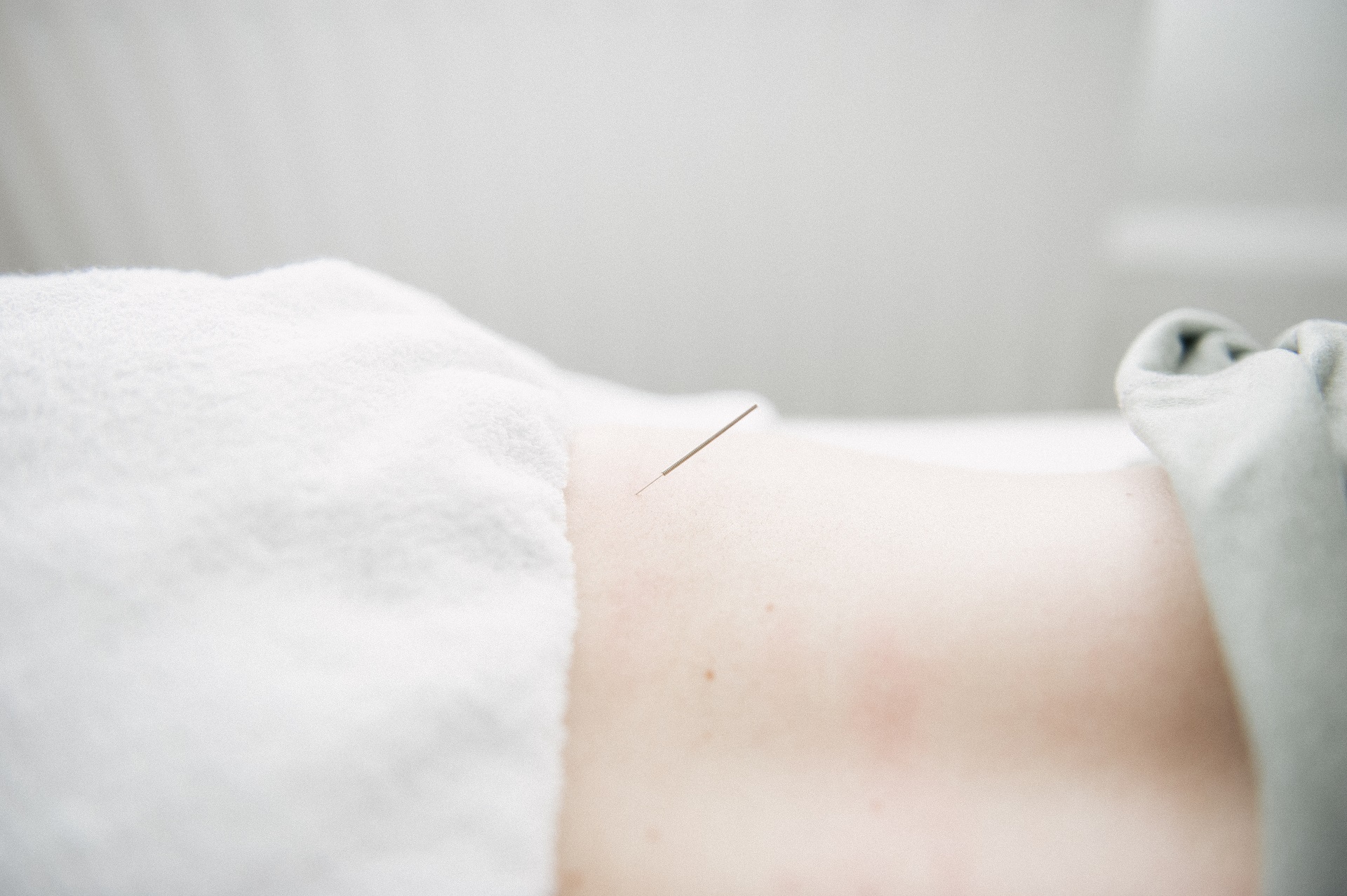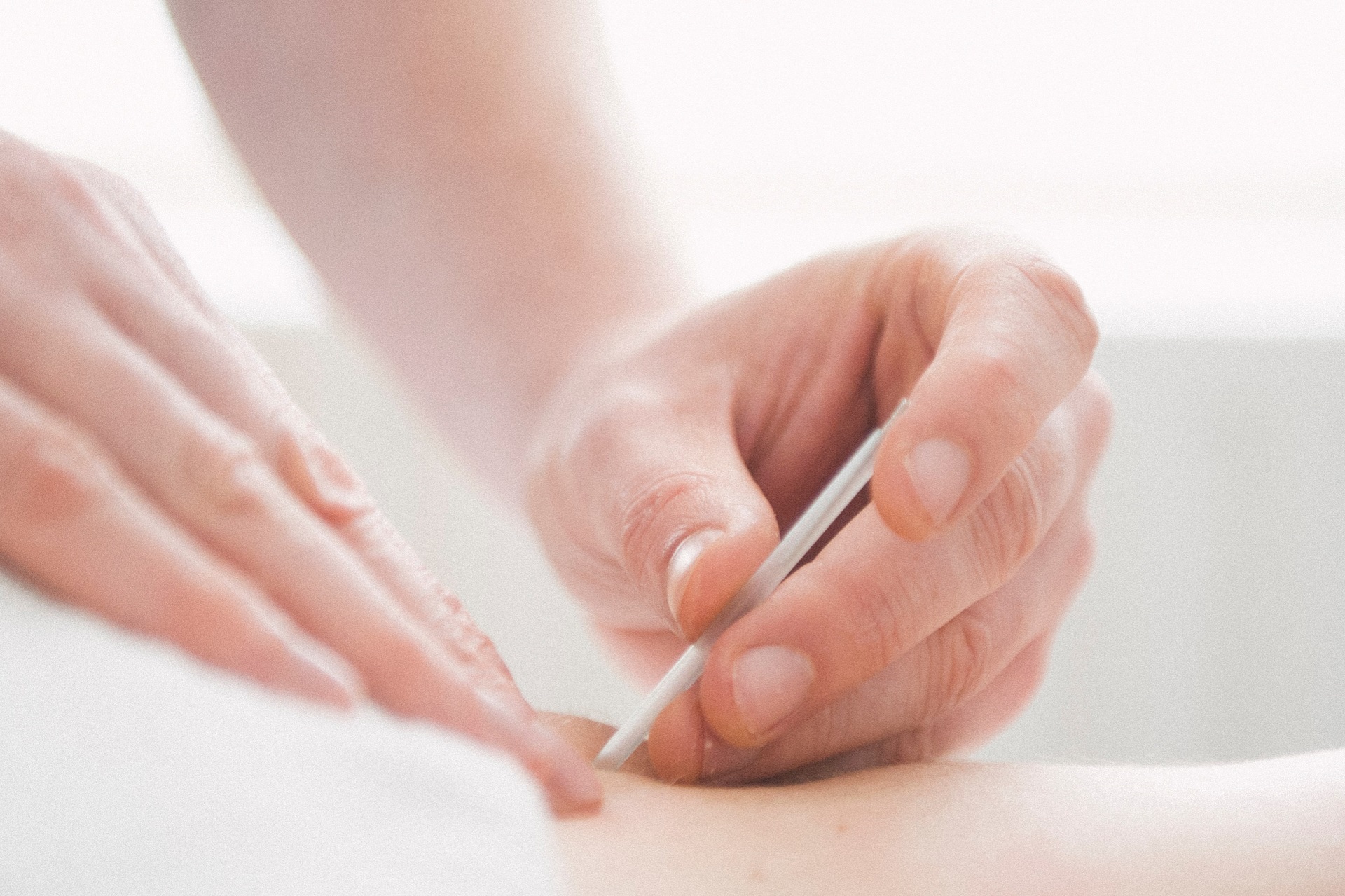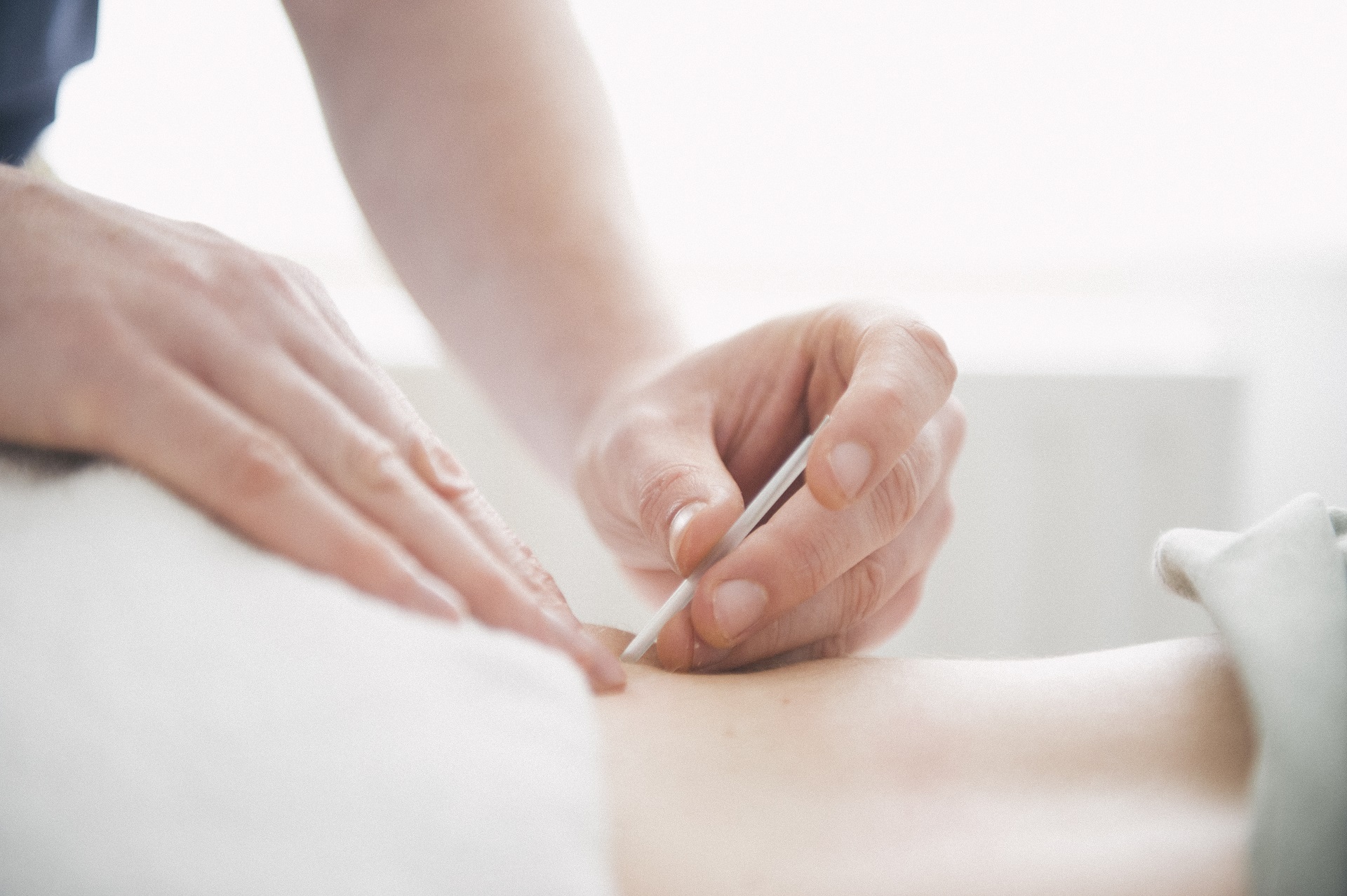During the last decade, evidence on the role of dry needling of myofascial trigger points (MTrPs) in the management of several musculoskeletal disorders has been increasing, including low back pain, strains and sprains,tendionopathies, plantar heel pain, temporomandibular disorders, epicondylalgia or myofascial pain syndrome, fibromyaligia and many more.
Research has shown that dry needling has similar effects to pharmacological interventions for range of motion and quality of life, and results have shown that dry needle
treatment alone, or as an addition to standard physical treatment, was effective in reducing pain intensity in patients suffering from MTrPs.
A randomized clinical trial found that inclusion of trigger point dry needling (TrP-DN) into an exercise program resulted in greater improvements on shoulder-related disability in subjects with subacromial pain syndrome.
TrP-DN can be clinically used for improving effects of exercise programs in people with myofascial pain syndrome and other musculoskeletal dysfunction.
Studies have also shown postive effects on patients Pressure Pain Threshold (PPT). Where PPT was measured in patients before and after dry needling treatment, all reported an increased threshold after dry needling in comparison with a sham/placebo group.
The premises and objectives of treatment are by no means similar to acupuncture, even though the same type of needles are used for this procedure. Dry needling predominantly employs the needling of myofascial trigger points (MTrPs).


Dry needling consists of using a solid filament needle, as a physical agent, that is inserted into the skin and muscle tissue to create a mechanical stimulus with the goal of deactivating MTrPs. Once the MTrP is deactivated, the needle is removed.
There are two distinct dry needling techniques. Superficial dry needling and deep dery needling (DDN). Both techniques are used in the treatment of pain and referred pain from myofascial trigger points but superficial dry needling can also be used for treating pain from ligaments and joints.
Trigger points are defined as hyperirritable spots that react with hyperaesthesia when subjected to mechanical stimulation, such as application of pressure or stretching. Trigger points are usually located in muscles and, if irritated, they can give: -a local response within the area of the muscle in which the point is located, -a radiating pain reaction, -a pain reaction in a location distant from the irritated point.
Trigger points can be identified as myofascial, tendinous, ligamentous, subcutaneous, and periosteal trigger points (TrPs).
Primary myofascial trigger points are activated as a result of acute or chronic overstraining caused by excessive use of the muscle. If such a point is not eliminated by means of therapeutic techniques, such as dry needling, its activity induces the creation of a secondary point occupying space in both synergist and antagonist muscles in relation to the muscle being the primary location of the condition.


Secondary, TrPs are therefore created as a result of straining an agonist or as a consequence of synergistic action of muscles in the kinematic chain.
Myofascial trigger points are defined as trigger points (TrPs) located within the area of a muscle or its fascia. Irritation of such a point by palpation across the fibres is characterised by overresponse in the form of pain, tactile dysfunction, or an autonomic reaction. The entirety of all symptoms caused by trigger points is often called the myofascial pain syndrome. Local muscle contraction, also referred to as a twitch response in the referenced literature, is a very common result of subjecting the excessively tense fibre to palpation. This action can repeat as long as the active trigger point is not eliminated. Persistent trigger points will lead to points emerging in other muscles – this reaction follows the same kinematic chain. MTrPs influence the process of sensitization of the central and peripheral nervous system.
Trigger points can be either active or latent, dependent upon the degree of irritability. Active TrPs are spontaneously painful, while latent TrPs are only painful when stimulated.
